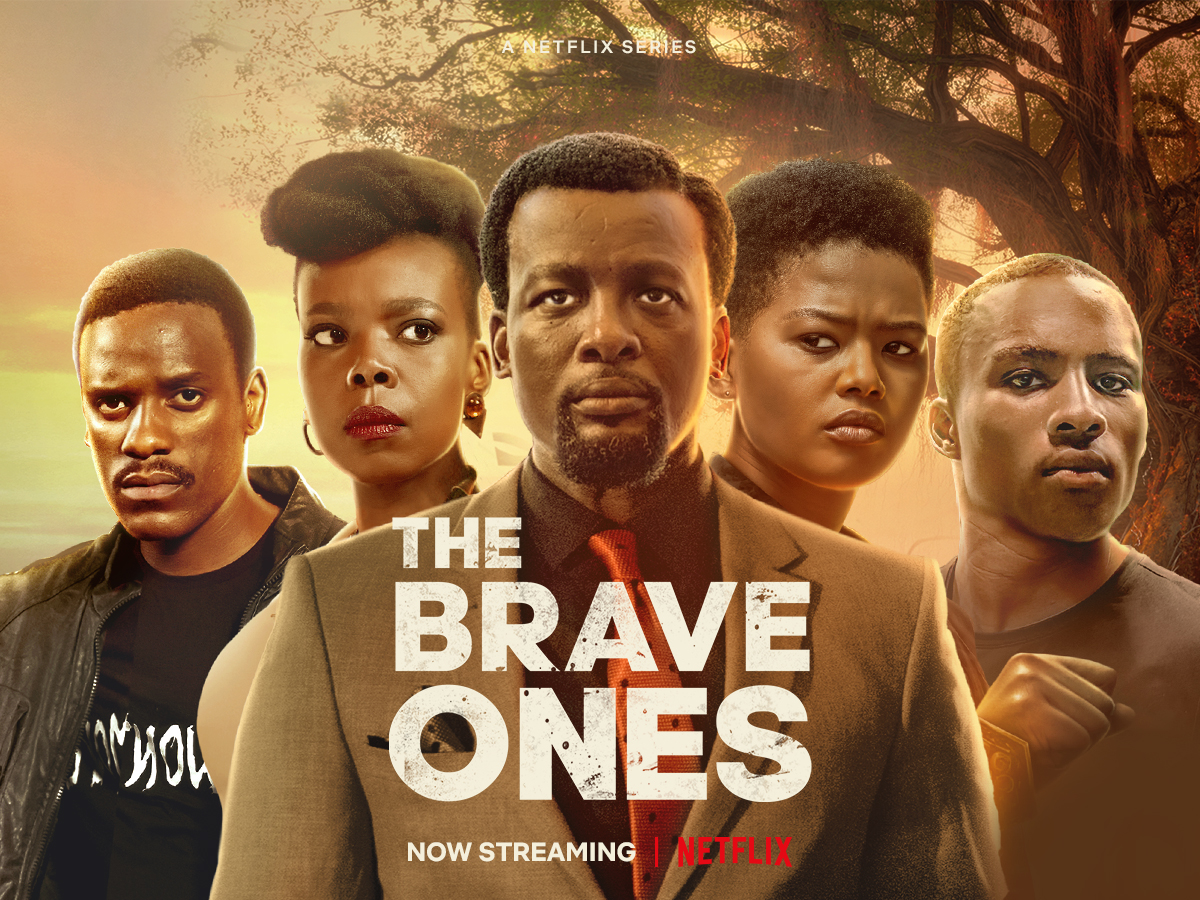“Fathers and Daughters” (2015): A Poignant Tale of Love, Loss, and Redemption
Fathers and Daughters is a deeply emotional drama that explores the enduring bonds between a father and his daughter across time, grief, and trauma. Directed by Gabriele Muccino and starring Russell Crowe and Amanda Seyfried, the film weaves a dual-timeline narrative that traverses both the heartbreak of the past and the lingering scars it leaves in the present. Released in 2015, the film received a mixed critical reception but was praised for its earnest performances and poignant themes.
Set in two timelines—one in the 1980s and the other in the present day—the story revolves around Pulitzer Prize-winning author Jake Davis (played by Russell Crowe), who is raising his young daughter Katie (portrayed in childhood by Kylie Rogers) alone after the tragic death of his wife. Their bond is tender and deeply loving, but Jake's struggle with mental illness, particularly severe episodes of psychosis and seizures, threatens their stability. As his condition worsens, he is forced to make the painful decision to send Katie to live with her relatives while he seeks treatment, fracturing their close relationship.

In the present day, Katie (played by Amanda Seyfried) is a young woman living in New York, working as a therapist for children who have experienced trauma. Although professionally composed, she is emotionally closed off, battling deep-rooted trust issues, intimacy problems, and unresolved grief from her childhood. Her relationships are fleeting and emotionally distant, until she meets Cameron (Aaron Paul), a young writer who genuinely tries to connect with her. Through this new relationship, Katie is forced to confront the pain of her past and rediscover the love her father gave her, which has remained buried beneath years of abandonment and confusion.
The film’s greatest strength lies in the emotional performances of its cast. Russell Crowe brings gravitas and vulnerability to the role of Jake, portraying a man who is both brilliant and deeply broken. His scenes with young Katie are touching, filled with warmth and tragedy. Amanda Seyfried, meanwhile, gives a raw and moving performance as the adult Katie, capturing the complexity of a woman who has learned to survive but not to heal. The chemistry between Seyfried and Aaron Paul adds a gentle spark to an otherwise melancholic story.
Visually, the film employs warm, nostalgic tones in its flashbacks and a colder, more subdued palette in the present-day scenes, effectively mirroring the emotional shifts between hope and trauma. The narrative structure, while sometimes uneven, allows the viewer to piece together the emotional puzzle of Katie’s life, gradually revealing how childhood trauma can echo across decades.

Fathers and Daughters is not a perfect film—some critics noted its occasional sentimentality and heavy-handed dramatics—but it is undeniably heartfelt. It explores themes of mental illness, grief, parental love, and emotional inheritance with sincerity. Ultimately, it is a story about the invisible threads that connect us, even when life pulls us apart. It reminds us that love, even when fractured by circumstance, has the power to endure, heal, and redeem.


